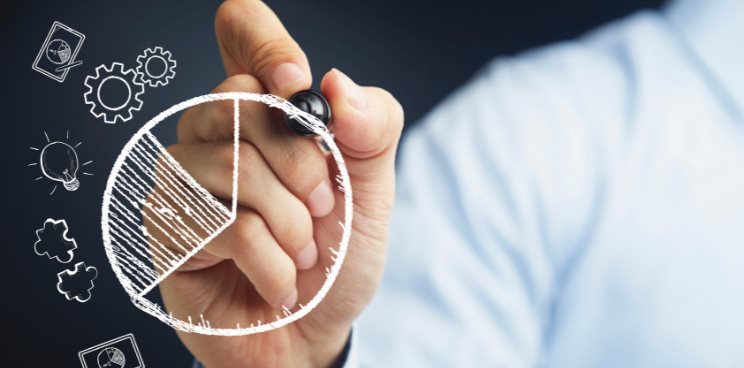'Don't pay any attention to what they write about you. Just measure it in inches.' Based on this quote by Andy Warhol, doing media monitoring for this legendary American artist would have been a breeze. In 2021 though, most PR professionals and their clients are looking for a little more insight into the outcomes of their work.

Image supplied
Was the story picked up? Was it shared, and where? Did the message land with my audience? What is being said about the brand? What content is working, and what is not? How much of the conversation from consumers is owned by their brand, compared with their competitors? What are the trends we should be following more closely? These are the questions that simply can’t be answered with an old-fashioned ‘coverage book’.
Fact is, media monitoring remains core to PR strategies and brands looking to measure the effect of their campaigns in the real world. But you can’t manage what you don’t measure.
A question we at Novus Group often get is: isn’t this measurement something you can outsource to a machine, or just turn on an online monitoring tool, with keyword alerts and analytics charts? Do we even need humans to do media monitoring anymore?
The short answer: human intelligence has never been more important. Collecting the data is easy, but making sense of it demands the human touch. Machine learning tools can only take you so far. More than ever, we need skilled people to interpret the stories behind the data and extract meaningful and relevant insights that inform business decisions.
It might seem old school, but AI simply hasn’t reached the stage where it can match the quality, accuracy or nuance that trained analysts bring to the table. For instance, when looking at the sentiment or tonality of an article, an automated system will return a positive, negative, or neutral rating based on the entirety of the article, not on what was said directly about your business. Automated systems also struggle with nuanced wording – and when it comes to irony, they have no clue.
Siphesihle Hlela 12 May 2021
The main reasons companies use media monitoring services is simple: knowledge is power. Media Analysis Reports help shape strategy. They enable decision-makers to track trends in the media, and know which publications or journalists are more interested in their media narrative. Reports can also zoom in to provide insights into how a single campaign or announcement was received, and track the longevity and impact of the message. None of this can be delivered through a few keyword alerts and a giant data dump.
The bottom line? While automated tools are making media monitoring easier, they aren’t close to offering the human ability to provide the context and insights that are crucial to effective media monitoring and measurement. Data analytics is the future of PR – but it is nothing without the human touch. If media monitoring is going to be the critical strategic tool that it can be, we must combine technology and people. Now that’s a trend worth keeping tabs on.






























![Today, Halo and Demographica announce a new specialist agency, Second Rodeo]], headed up by Mike Stopforth (left). Dean Oelschig, managing partner and founder of Halo (right) says they will work as a group but ultimately, each agency will be an individual specialist](https://biz-file.com/c/2505/772543-64x64.jpg?2)





